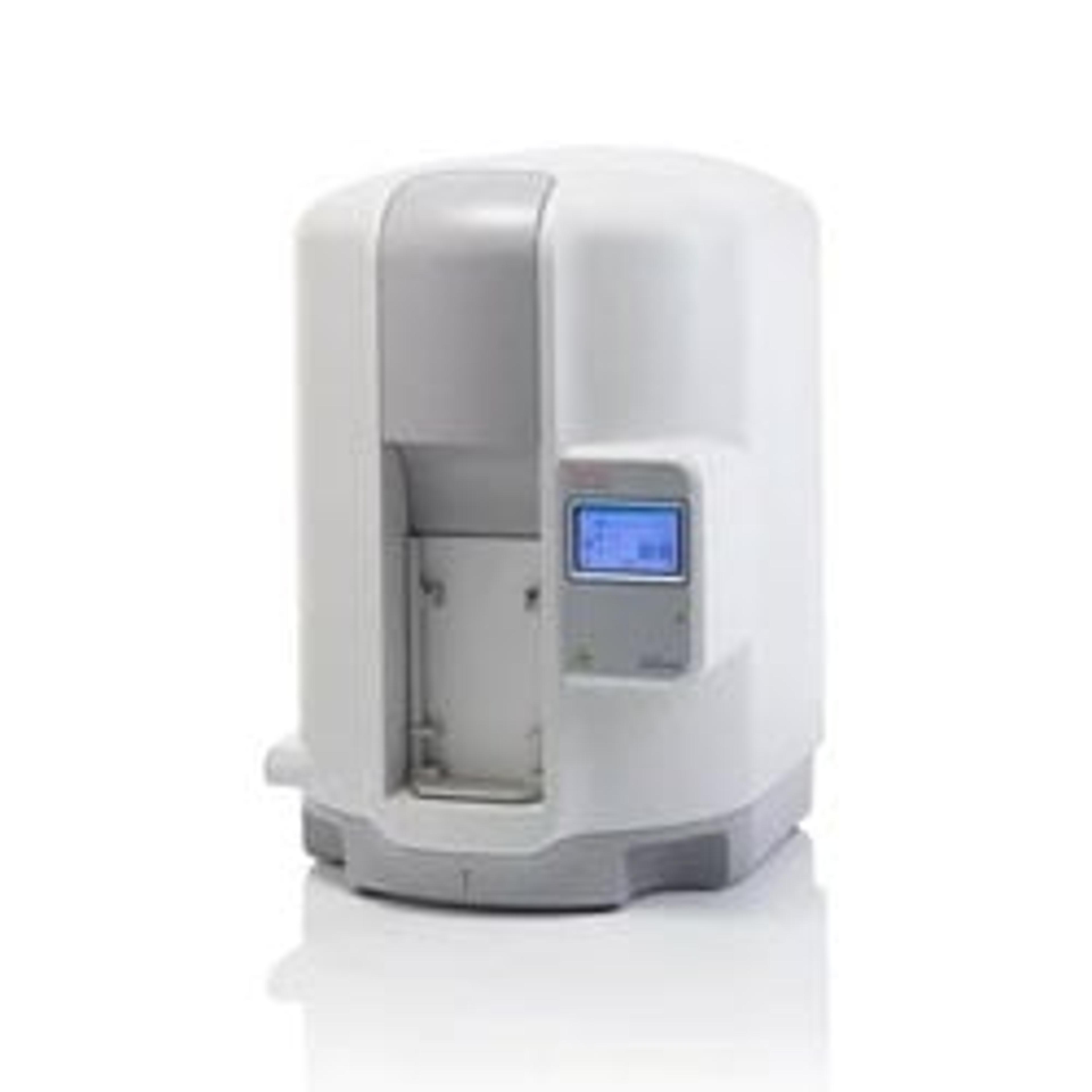Fast forward to actionable results with rapid AST technology: Your questions answered
In this free on-demand webinar, discover how a new AST technology helps clinical microbiology labs fast forward their results
25 Jan 2022

Gaining early access to antimicrobial susceptibility testing (AST) results for critically ill patients is key to optimizing treatment decisions and antimicrobial stewardship. Access to rapid AST technology is therefore vital to patient care, ensuring the right person receives the correct treatment at the right time.
In this SelectScience webinar, now available on demand, Dr. Tiziana Di Martino, Chief Medical Officer at Q-Linea, discusses how clinical diagnostics are being used to address the dangers of sepsis and antimicrobial resistance (AMR) and improve standards of care for bloodstream infection patients. Di Martino introduces the ASTar a brand-new rapid AST technology that enables clinical microbiology labs to achieve actionable results faster, ensuring patients can receive the care they need.
Watch on demandThink you’d benefit, but missed the live event? Register now to watch the webinar at a time that suits you and read on for highlights from the Q&A session.
Where can I find health economic data about the ASTar and what are its expected benefits?
TDM: Now that ASTar is CE marked, we plan to undertake health outcomes research (HOR) studies, the results of which will be available on the Q-linea website. We plan to have HOR studies both in high-resistance and lower-resistance settings to show several benefits for the patient and the microbiology laboratory.
The expected benefits for the patient will be faster implementation of optimal antibiotic therapy, which can lead to faster clinical improvement in many cases. The benefits that we anticipate for the microbiology laboratory are linked to the automation of the ASTar system. There is no need for highly skilled and trained laboratory personnel to operate the system. Additionally, ASTar is high-throughput, and this is particularly important in scenarios where there is increasing testing demand and there is a skilled laboratory staff scarcity. The expected benefits for the hospital stem from cost savings resulting from a reduction in the length of stay of patients in the ICU.
Is the benefit of using ASTar limited to high-resistance settings?
TDM: ASTar can generate enormous benefits both in the high-resistance and low-resistance settings. The Gram-negative panel enables physicians to make antimicrobial therapy decisions in different epidemiological settings. The panel features molecules such as penicillin that are still used in lower-resistance settings, but also novel molecules and last resort antibiotics such as colistin that are critical in higher-resistance settings.
The clinical benefits that ASTar can generate are short term and long term. In the short term because we expect to see a reduction in mortality and morbidity, and in the long term because when you think of a condition such as sepsis, you may also expect sequelae after recovery. From an organizational point of view, ASTar can generate benefits because the system is fully automated, it doesn't require highly skilled trained personnel. It is high-throughput, and this is important when there is not enough skilled laboratory personnel available or when you need to, for example in a pandemic, deploy skilled personnel to other tasks.
Another important characteristic of ASTar is that you need only the pathogen ID to generate an ASTar report. This means that you can start an ASTar run before the laboratory closes, and the next morning when the result is available, you can generate an AST report ready for the physicians to act upon.
What are the benefits of ASTar compared to genotypic AST?
TDM: I think that both genotypic AST and rapid phenotypic AST are valuable. Genotypic AST enables us to implement the first modification of empirical therapy and to escalate this if needed. We need to be aware, however, that genotypic AST does not provide any information on susceptibility, and it doesn't provide any MSE results either so only provides a partial snapshot of the resistance profile of a bacterium. For example, bacteria develop new resistance mechanisms. Currently available genotypic AST technologies cannot capture all the genetic variants, because, on top of ESBL and carbapenemases, you can have mechanisms such as porins mutations or efflux pumps that contribute to resistance. Additionally, genotypic AST methods do not provide any information on resistance to aminoglycosides and fluoroquinolones.
Will a Gram-positive and Gram-negative panel be available and which countries is ASTar currently available in?
TDM: The first product we are going to release is a Gram-negative panel. In the future, we plan to also have a Gram-positive panel available. ASTar technology has enormous potential, and we are striving to make the most out of it in terms of current product upgrades and new products that we have in the pipeline. The ASTar is currently CE-marked for use in Europe with EUCAST guidelines. In the future, we plan to make the system available globally.
Watch the full webinar here>>
SelectScience runs 10+ webinars a month across various scientific topics, discover more of our upcoming webinars>>

